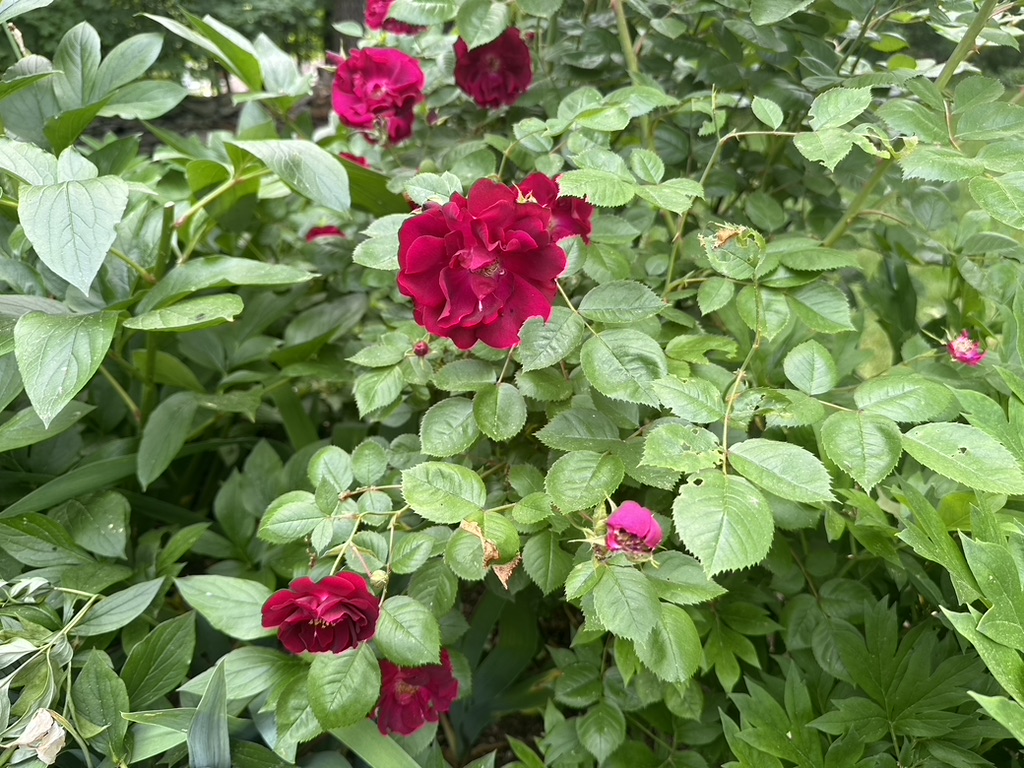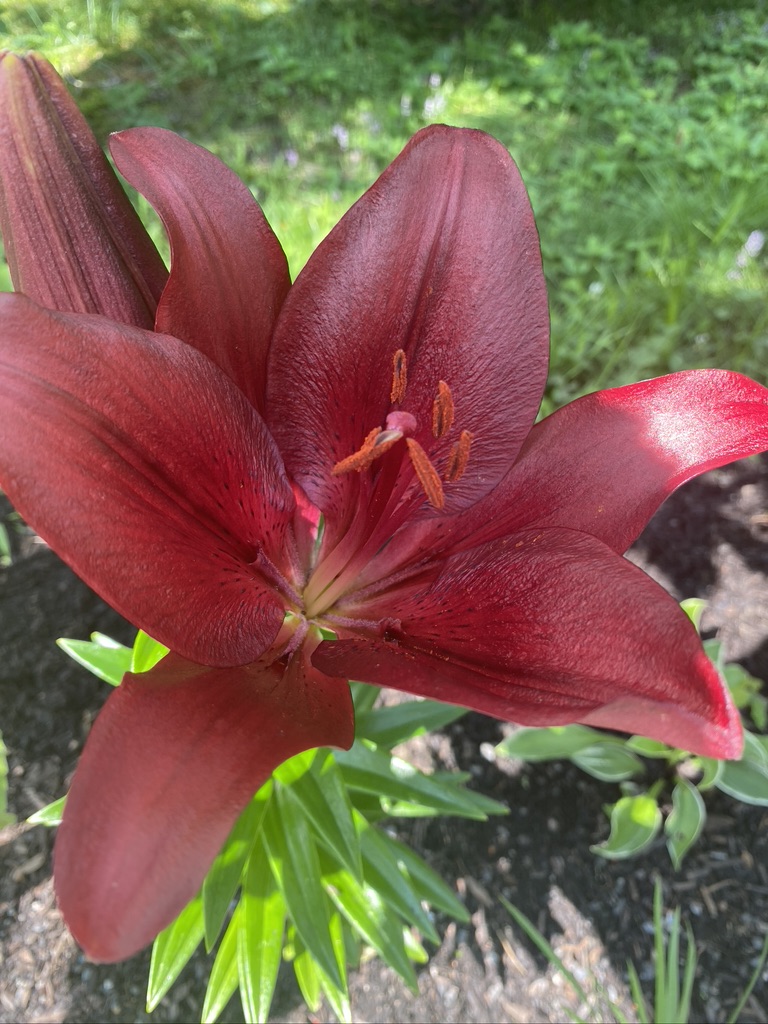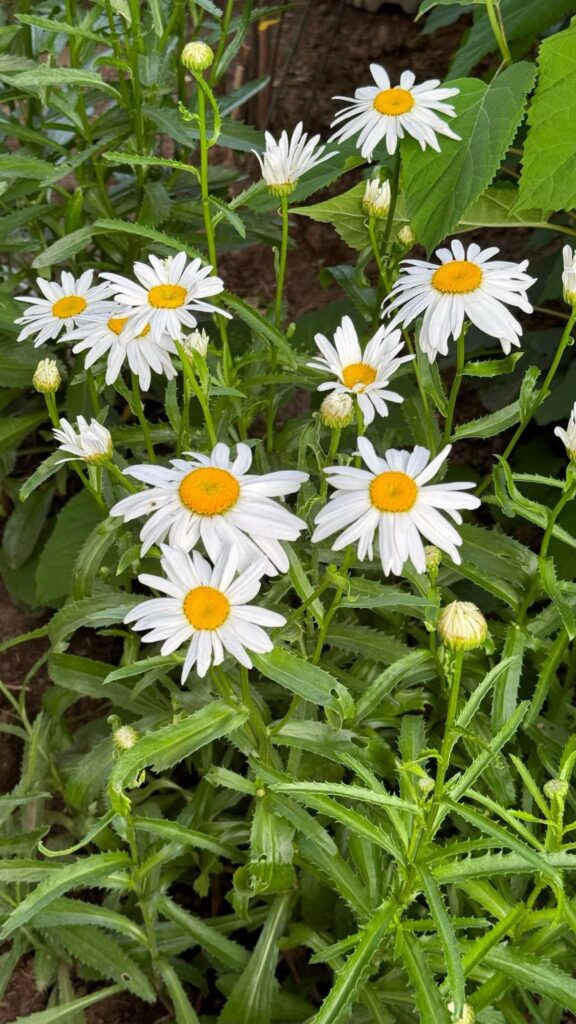If you live in Growing Zone 6, which covers New York’s Hudson Valley, parts of New England, New Jersey and much of the Midwest, you need to be careful with what you plant. Not all perennials are frost-hardy, especially in the unpredictable winters we’re prone to. That’s why we made a list of the most gorgeous Zone 6 perennials to grow without worry.
And if you’re somewhere cooler, check out the best indoor house plants to grow inside.
What are Zone 6 perennials?
If you’re growing Zone 6 perennials, your garden is in a temperate zone known for intense winters, hot summers and hit-or-miss spring and fall seasons. Generally speaking, Zone 6b has a minimum average temperature of -5F to -0F while Zone 6a has a slightly cooler set of temperatures.
Growing Zone 6 stretches from Long Island and New Jersey all the way through Pennsylvania, Ohio, Indiana, Illinois, Missouri and even Kansas. It also reaches The Rockies into Washington State. Impressive, right? That’s a lot of American gardens!
The best Zone 6 perennials to grow
Hardy Crocus
Zone 6 is known for snowy, icy and sometimes too-long winters. That’s why crocus are a perfect addition to this list of Zone 6 perennials. They pop up in gardens earlier than just about everything else.

Expect to see these purple., white or yellow minis popping through your lawn or mulch each March. They require almost no maintenance at all, thrive for years without worry, and spread very, very gradually.
That means you don’t have to worry about crocus being invasive. Better yet, they die off and fully retreat into the ground by the time mid-April rolls around, meaning you never have to worry about the lawn mower chopping ’em down.
Deer don’t seem to eat these perennial flowers, either.
Peonies
There are so many kinds of peonies to choose from and we love them all for zone 6 growing. Not sure which to start with? These impressive bulbs are about $5 each and amazing for the American North East.

Is there anything as gorgeous as mid-Atlantic peony season? Hardly, and we love just about every variety. Regular pink peonies, bright red or fiery orange tree peonies—you name it. These robust zone 6 perennials have eye-catching blooms the size of dinner plates and never disappoint.
These are generally deer-resistant, and that’s great news for most of zone 6.
Some things to keep in mind: the bushy foliage requires a bit of space, so you’ll want to plant these hardy perennials in an area they’ll have about four feet of width and at least another four feet of height to spread.
Poppy flowers
There are so many perennial and re-seeding poppy flower varieties that it’s hard to keep track. We especially love the bright, eye-catching blooms in citrusy shades that bring delight and wonder to even the simplest yards.

You may want to head to your local nursery to pick out the exact right species for your yard and soil type, or invest as little as $3 in a packet with thousands of seeds for a California mix. Technically the California mixes are annuals, but they reseed so readily and without effort that we’re counting them as perennial.
Roses
Whether you go with carefully selected hybrid roses or throw a patch of wild rose bushes in your yard, know that you’ve chosen one of the best zone 6 perennial flower options of all.

We love mini rose bushes that never stretch taller than 18 inches as garden borders, the big climbing varieties against fences and sensible mid-size showstoppers just about everywhere else.
You’ll want to sprinkle a bit of rose food at the start of spring to keep your blooms big and showy and maybe even have a second bloom in the fall. We love this cheap-and-cheerful All-In-One Rose Food that’s a cinch to use and creates the most beautiful plants in every neighborhood.
If you have hungry deer around, they’ll nosh on your roses. Thorns and all! So consider fencing these or spritzing with a deer-repelling solution like water and cayenne.
Hibiscus
You don’t have to live in Hawaii to bring loads of tropical flair into your zone 6 garden! Believe it or not, there are several hardy hibiscus varieties growing like wildfire throughout New York’s Hudson Valley, Brooklyn, The Bronx, all throughout New Jersey and along Long Island’s shores.

These are super easy to grow, too. You can scoop up some seed pods from a neighbor’s plant at the end of autumn or buy a young plant from a nursery. They grow into small trees that spread with rich green foliage each spring with tropical blooms that typically appear between July and August.
Zone 6a is a bit later, Zone 6b is a bit earlier. And don’t worry—deer don’t like to eat these.
Daylilies
One of the most popular Zone 6 perennial flowers of all is the daylily, and for good reason. There are dozens of colors to choose from, and these cold-hardy flowers do really well in zones 4 through 8 without worry.

Do just about nothing and they’ll come back better and bolder each year. If you’re feeling adventurous, opt for Asiatic varieties. Prefer a classic American vibe? The standard orange tiger lily spreads easily and furiously—even if you try to stop it.
Bonus: every part of a daylily is edible from the root to the flower!
But sadly, this means it’s all edible for deer and beetles, too. Plant these in a fenced-off area if deer are a problem, and consider placing beetle traps around if you have issues with these little nibblers.
Shasta daisies

Shastas add a gorgeous touch of late spring cheer to any Zone 6 garden, and yes—they’re perennials.
While they’re not as splashy as some of the other options on our list, they’re certainly deep-proof, and that’s great. Deer hate how these taste and look and generally won’t even take a nibble.
Shasta daisies are also excellent zone 6 shade perennials if you’re looking to plant something in a low-light area. But don’t worry—these also love the sun! They’re hardy in almost all conditions, which is why they’re often seen growing in roadside ditches and construction sites.
Coneflower (echinacea)
These colorful zone 6 perennial flowers are easy to grow, require little care and easily transition from full sun to part shade without issue.

Choose from standard purple and pink shades, rich citrus hues or unexpected rare hybrid shades.

We grew these beauties from cheap seeds, but it took a full 2 years to reach flowering of this depth and height.







